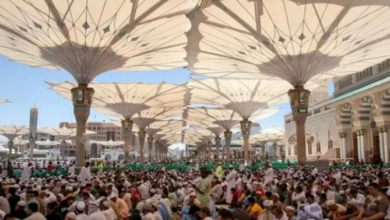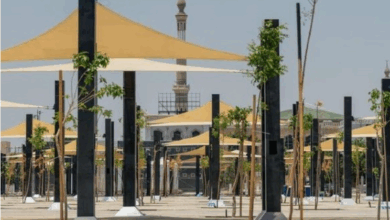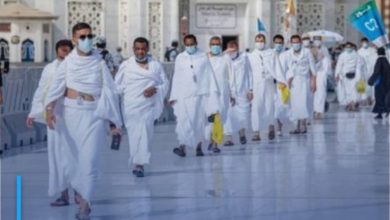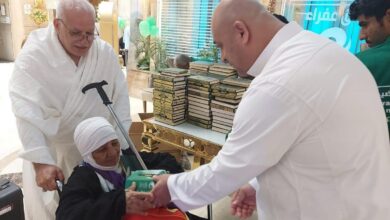Overview: Hajj ritual begins in land of revelation
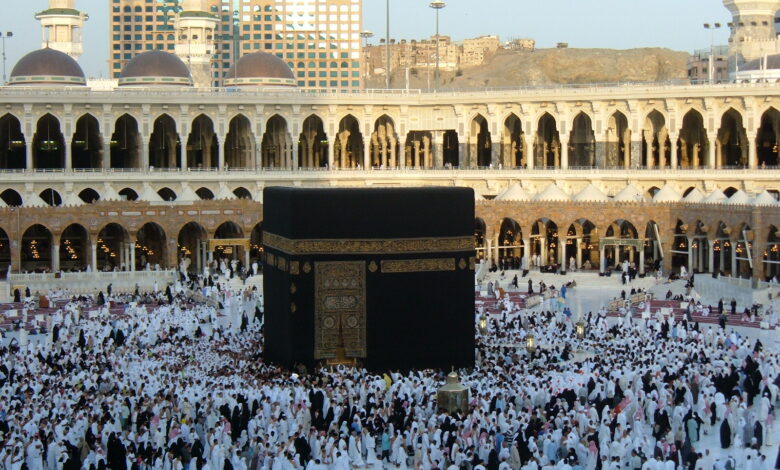
This year’s Hajj rituals started on Friday, June 14, and continues until Wednesday, June 19.
More details in the following report:
One of the important wisdoms of the Hajj is to understand the true concept of monotheism and to know the Almighty God. In this important journey, pilgrims increase their knowledge and awareness about the attributes and names of God, and build their conviction in their creator through careful contemplation over the observances and features of Hajj and its countless insightful signs.
Hajj is a manifestation of Tawheed, and from its beginning to its end, it is an example of monotheism and rejection of polytheism. Each and every ritual of Hajj and the worship and the pure humility shown before God serve as a sign of the unicity of God, a sign of His infinite power and greatness, and a window to know that unique existence.
Holy Kaaba is the house of God, the center of monotheism and a sign to know the Almighty God.
Maqam Ibrahim, Safa and Marwa, Arafat, Mina and other stations, each of them is a sign and a symbol to know the true God, and the observances and rituals of Hajj are expressions of servitude and monotheism.
The rituals of Hajj al-Tamattu begins with the pilgrims becoming Muhrim in the city of Mecca and moving towards the Arafat desert.
The first act of Umrah and Hajj rituals is called “Ihram”; Ihram is achieved by first making the intention, and Talbiyah and wearing two Ihram attires. It must be performed in specific locations determined by the holy Sharia of Islam.
These places, which are called “Miqat”, are determined according to the difference in the routes that the pilgrims take to Mecca; The first miqat is the Masjid Shajarah, which is located near Medina. This mosque is the meeting place of pilgrims who go on Hajj from Madinah.
Talbiyyah or saying the four words is also one of the other conditions and obligations of becoming Muhrim.
Pilgrims enter the desert of Arafat between the evening of the 8th of Dhul-Hajjah and the early hours of the morning of the 9th of Dhul-Hajjah, and settle in Arafat tents.
Wuquf (staying) in the land of Arafat with the intention of seeking closeness to God, after becoming Muhrim, is the second obligatory act to perform Hajj. The pilgrims will stand in the desert of Arafat on the ninth day of Dhul-Hajjah (i.e. the day of Arafah) from noon to sunset. After sunset, the pilgrims will go from the desert of Arafat to Mashar al-Haram and will stay there until sunrise.
The next Hajj ritual is moving from Mashar al-Haram to Mina and Ramy (stoning), offering sacrifice, Halq and Taqsir, and Staying in Mina on the 10th day of Dhul-Hajjah, which marks Eid al-Adha.
On the twelfth day of Dhul-Hajjah, the pilgrims will move towards Mecca after the midday Call to Prayer with the end of Saty in Mina and Ramy-e-Jamarat (stoning the Devil).
Upon entering Holy Makkah, the pilgrims will go to Masjid Al-Haram and perform Hajj rituals including Tawaf, Ziyarat prayer, Sa’y (ritualistic walking) between Safa and Marwa, and Tawaf and Prayer of Nisa Tawaf. This way, the Hajj rituals are over and the pilgrims become Haji.


